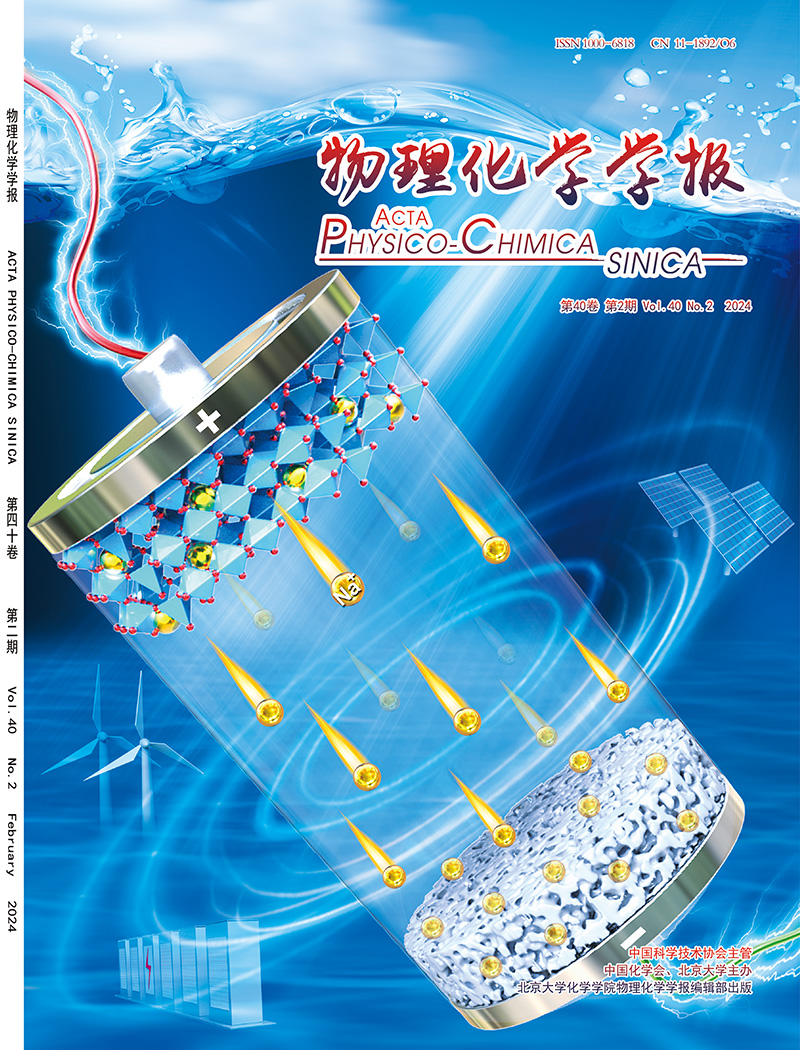The role of hydroxyl species in the alkaline hydrogen evolution reaction over transition metal surfaces
IF 13.5
2区 化学
Q1 CHEMISTRY, PHYSICAL
引用次数: 0
Abstract
Understanding the activity-determining factors governing the alkaline hydrogen evolution reaction (HER) on transition metal catalysts is indispensable for water electrolysis with renewable energy. However, it remains a critical challenge. Although hydroxyl adsorption has been proposed to influence alkaline HER performance, its exact mechanistic role and quantitative correlations remain elusive. Here, we systematically investigate the alkaline HER on ten transition metal surfaces using density functional theory (DFT), revealing that hydroxyl adsorption critically modulates both pathway selection and reaction energy barrier. However, hydroxyl adsorption energy alone cannot fully explain the anomalous activity of certain catalysts, especially Pt. To address this, we introduce a multi-parameter coupled descriptor (ECS) that integrates electron occupancy (E), adsorption configuration (C), and surface crystallographic (S), enabling a qualitative evaluation of catalytic activity. This descriptor successfully elucidates previously unexplained activity trends and demonstrates a good correlation with over 10 experimental datasets, including those involving single-atom alloy (SAA) catalysts, indicating its robustness beyond pure metals. Our findings provide a descriptor based on the key species of hydroxyl for rational catalyst design and screening, and offer a fundamental framework for advancing the development of high-performance alkaline HER catalysts.

羟基在过渡金属表面碱性析氢反应中的作用
了解过渡金属催化剂上碱性析氢反应(HER)的活性决定因素对可再生能源水电解具有重要意义。然而,这仍然是一个严峻的挑战。虽然羟基吸附已被提出影响碱性HER性能,但其确切的机制作用和定量相关性尚不明确。本文利用密度泛函理论(DFT)系统地研究了10种过渡金属表面的碱性HER,揭示了羟基吸附对途径选择和反应能垒的关键调节。然而,羟基吸附能本身并不能完全解释某些催化剂的异常活性,特别是Pt。为了解决这个问题,我们引入了一个多参数耦合描述符(ECS),它集成了电子占用(E)、吸附构型(C)和表面晶体学(S),从而能够定性地评估催化活性。该描述符成功地阐明了以前无法解释的活性趋势,并与10多个实验数据集(包括涉及单原子合金(SAA)催化剂的数据集)证明了良好的相关性,表明其鲁棒性超越了纯金属。我们的发现为合理设计和筛选催化剂提供了一个基于羟基关键种类的描述符,并为推进高性能碱性HER催化剂的开发提供了一个基本框架。
本文章由计算机程序翻译,如有差异,请以英文原文为准。
求助全文
约1分钟内获得全文
求助全文

 求助内容:
求助内容: 应助结果提醒方式:
应助结果提醒方式:


